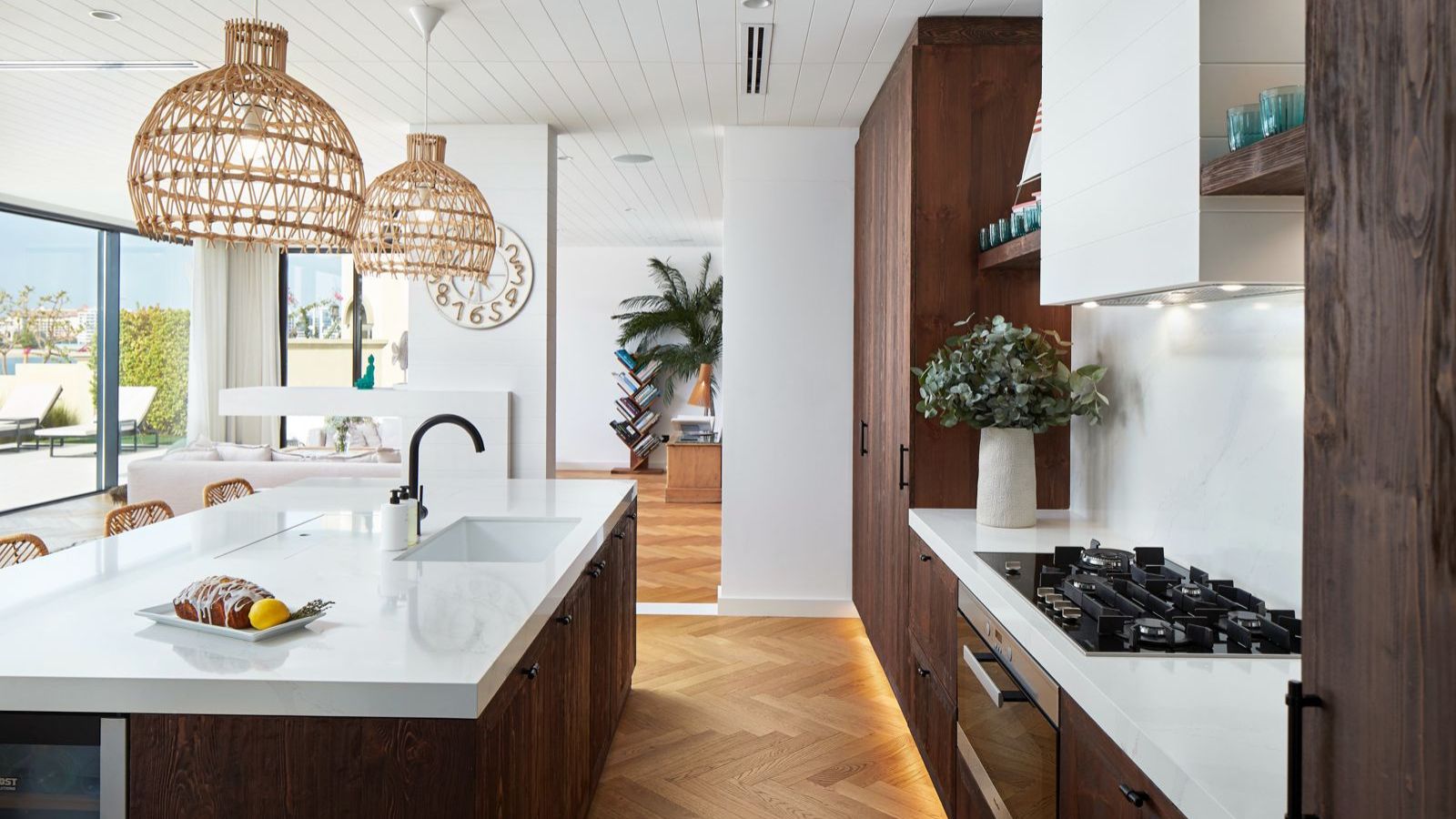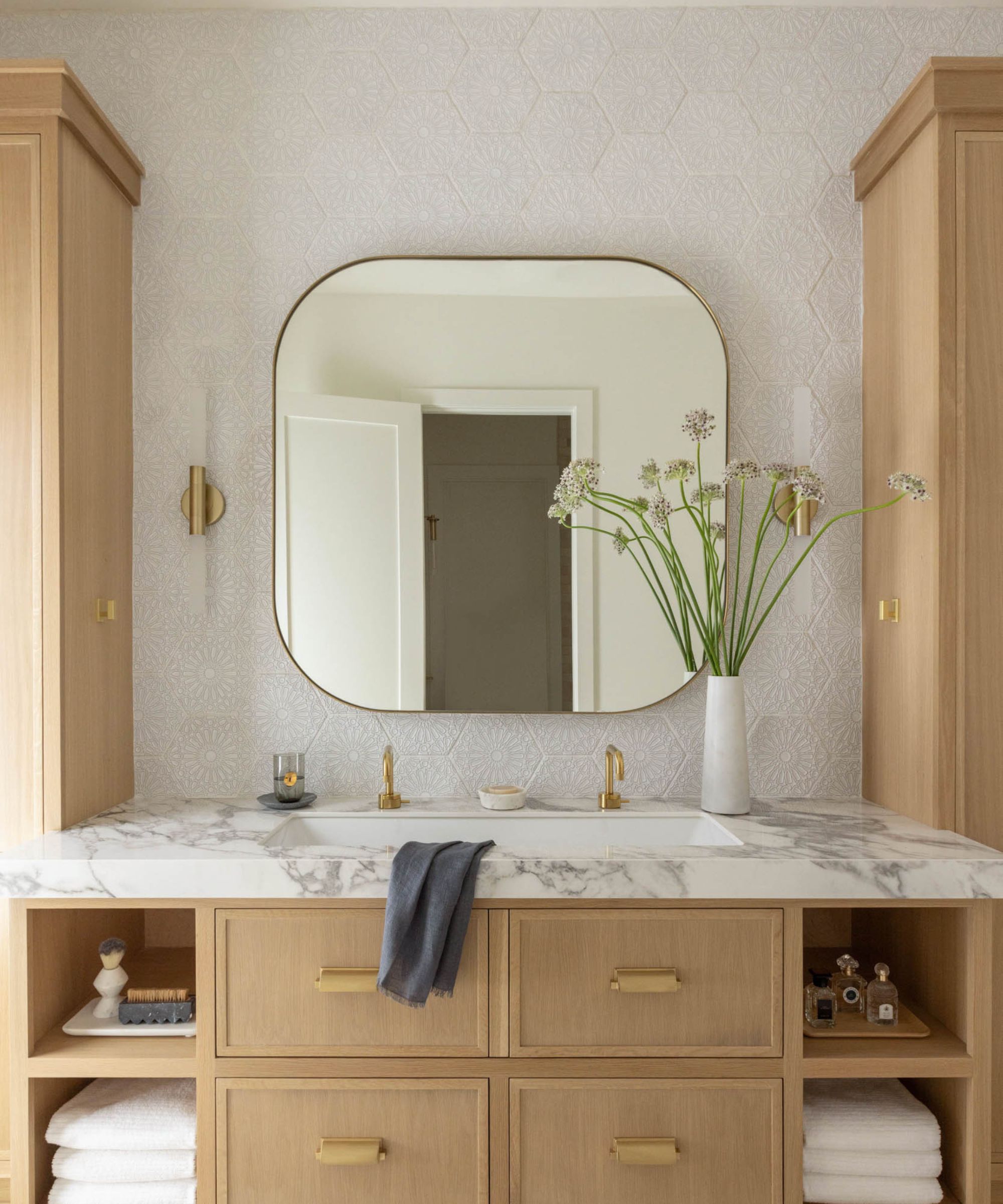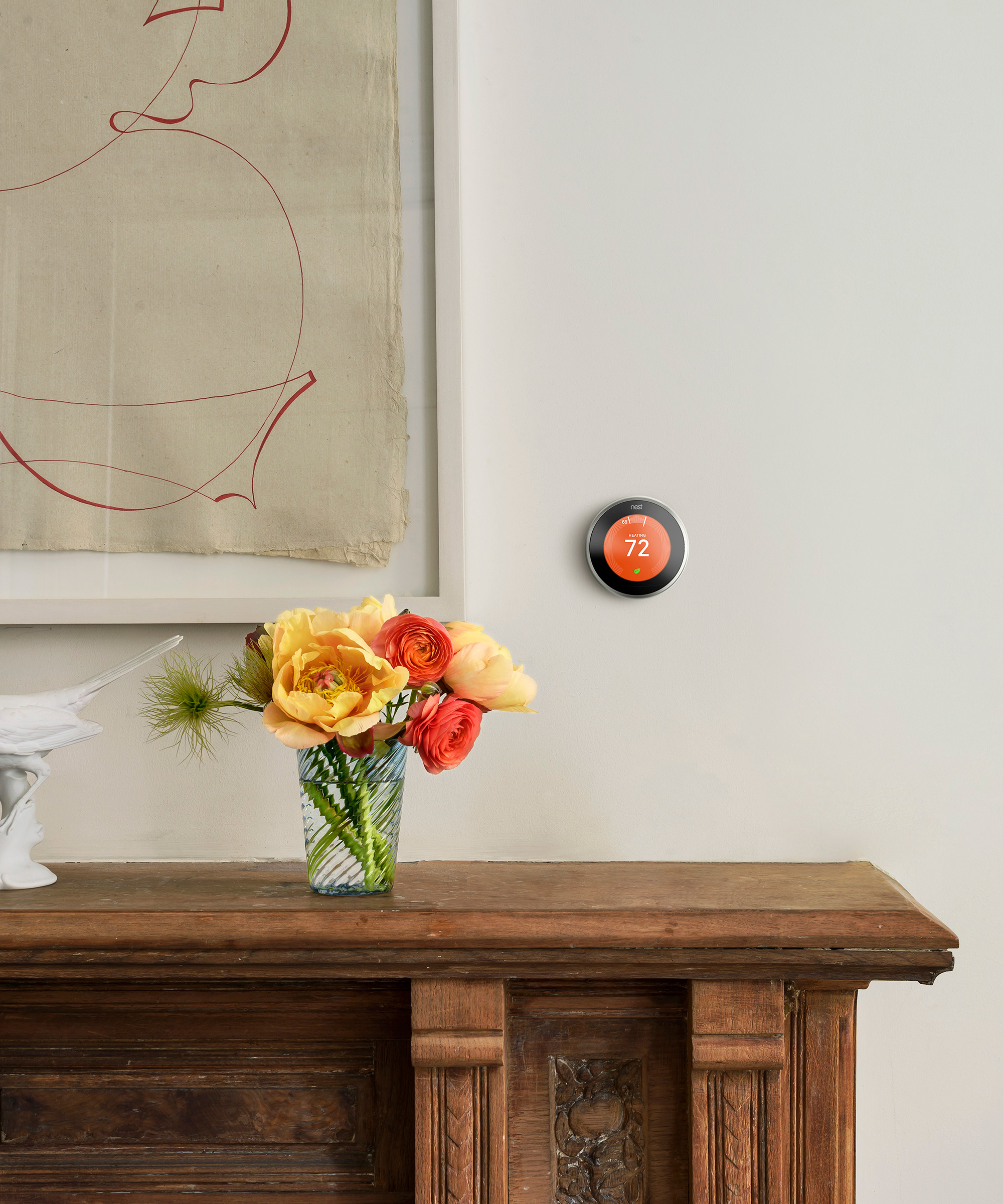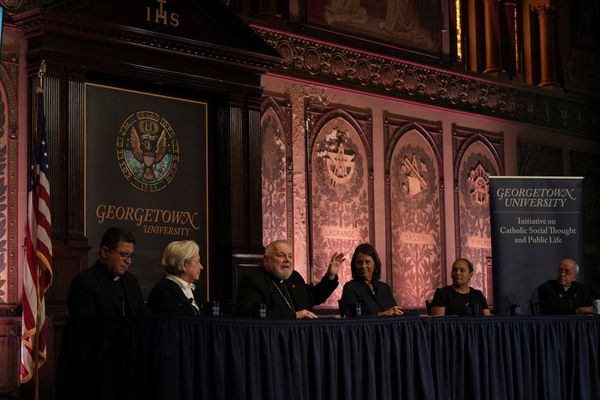
In 2025, smart home technology trends have been laser-focused on improving your quality of life, whether it's sleeping better, living sustainably, or simplifying everyday chores, including cleaning.
The newest wave of smart home must-haves is quieter, more intuitive, and easier to integrate than ever before. Forget the jargon – this year’s smart tech trends are enduringly rooted in wellness, comfort, and ease.
We’ve spoken to leading experts to find out how smart homes are evolving and how these changes can benefit you in meaningful ways.
Smart home technology trends in 2025
1. Wellness is leading the way

At the heart of the 2025 smart home is a renewed focus on living well. Lighting, air quality, and even your sleep schedule are being supported by carefully chosen technology.
‘We’re seeing a growing interest in home technology that supports health and wellness,’ says Betty Brandolino, founder and creative director of Home Environments. ‘Circadian lighting systems, for example, are becoming increasingly popular.
'These systems are programmed to be timed with the sunrise and sunset, helping to regulate sleep cycles and boost serotonin levels,’ she continues, highlighting the importance of smart tech for the bedroom.
Betty recommends lighting that can mimic natural daylight: ‘In the morning, it provides bright, cool light to boost energy and focus; by evening, it shifts to warmer, dimmer tones that encourage relaxation and melatonin production.’
Combining one of the best SAD lamps with ways to set up your bedroom to beat morning grogginess will achieve this at home. The Philips SmartSleep Wake-Up Light at Amazon is one of the best options available.
George Carrillo, CEO of the Hispanic Construction Council, is also seeing health-conscious trends take off, from air quality monitors to fall detection systems that support elderly family members, adding, ‘These innovations bring peace of mind with features that track wellness in real-time and ensure safer living spaces.’
This SAD lamp is one of the most well-reviewed out there, with a gentle light that simulates sunlight indoors throughout the day to aid your body's circadian rhythms. It also has natural wake-up sounds and an FM radio.
2. Invisible tech that blends in

In 2025, smart homes are embracing subtlety. Forget clunky gadgets and flashing lights, the smart home tech that designers love is built to blend seamlessly into your home.
‘One trend we’re seeing more is the move toward “invisible” technology,’ Betty explains. ‘It’s all about that quiet luxury feel. Homeowners want their spaces to feel warm and inviting, while still benefiting from technology behind the scenes.’
She points to solutions like motorized drapes and automated dimmable lighting as key examples. These features help to shape the atmosphere without interrupting the visual flow of a room, perfect for anyone who values calm, considered design.
3. Sustainable tech is the future

Smart home tech is playing a major role in the transition to greener living – and it can save you money in the process by cutting energy bills.
‘Today’s smart home technology is helping consumers live more sustainably while saving on energy costs,’ says Laura Finson, director of project management at Brinks Home. ‘Tools like smart thermostats, solar panel integrations, and water-efficient systems provide valuable insights and automation that reduce environmental impact.’
George agrees, adding that features of sustainable design go hand-in-hand with energy efficiency: ‘Solutions such as solar panels combined with smart storage systems drastically reduce utility costs and carbon footprints. These trends are all about making life easier, safer, and more efficient.’
The good news is you don’t need to be a tech expert to get started. ‘Devices like smart thermostats and voice assistants are designed for easy setup, often guided by step-by-step apps,’ George says. More complex systems may benefit from professional installation, but there are options to suit every confidence level.
4. Smart, simple, seamless

The biggest shift this year? Smart homes are finally becoming simpler.
‘As consumers face an ever-expanding array of devices and platforms, there’s a growing demand for technology that streamlines and consolidates,’ says Will Shippee, director of business development and strategy for solar and storage at Schneider Electric.
‘We’re already seeing this happen in the home space where consumers are seeking interconnected products that reduce complexity and centralize control,’ he continues. A great example is in smart smoke detectors, which can connect to your lights and speakers at home to make sure you never miss a life-saving alert.
Smart home panels are leading this charge – intuitive interfaces that allow homeowners to manage everything from lighting to climate from a single screen. The Amazon Echo Hub is a popular option, particularly if your home has any Alexa products or Philips Hue bulbs.
Ultimately, smart homes are becoming more human. With streamlined systems, user-friendly apps, and a focus on meaningful improvement, the smart home of 2025 is built for everyday life – and it might be easier to achieve than you think.
Bringing all your smart home devices into one, the Echo Hub can be used to control lights, smart plugs, camera feeds, and more by simply using your voice or tapping the screen. It's quick and easy to see everything at once.
Next, learn how to add smart kitchen technology to your home, or delve into the best robot vacuums that will let smart, automated helpers do the housework for you.







